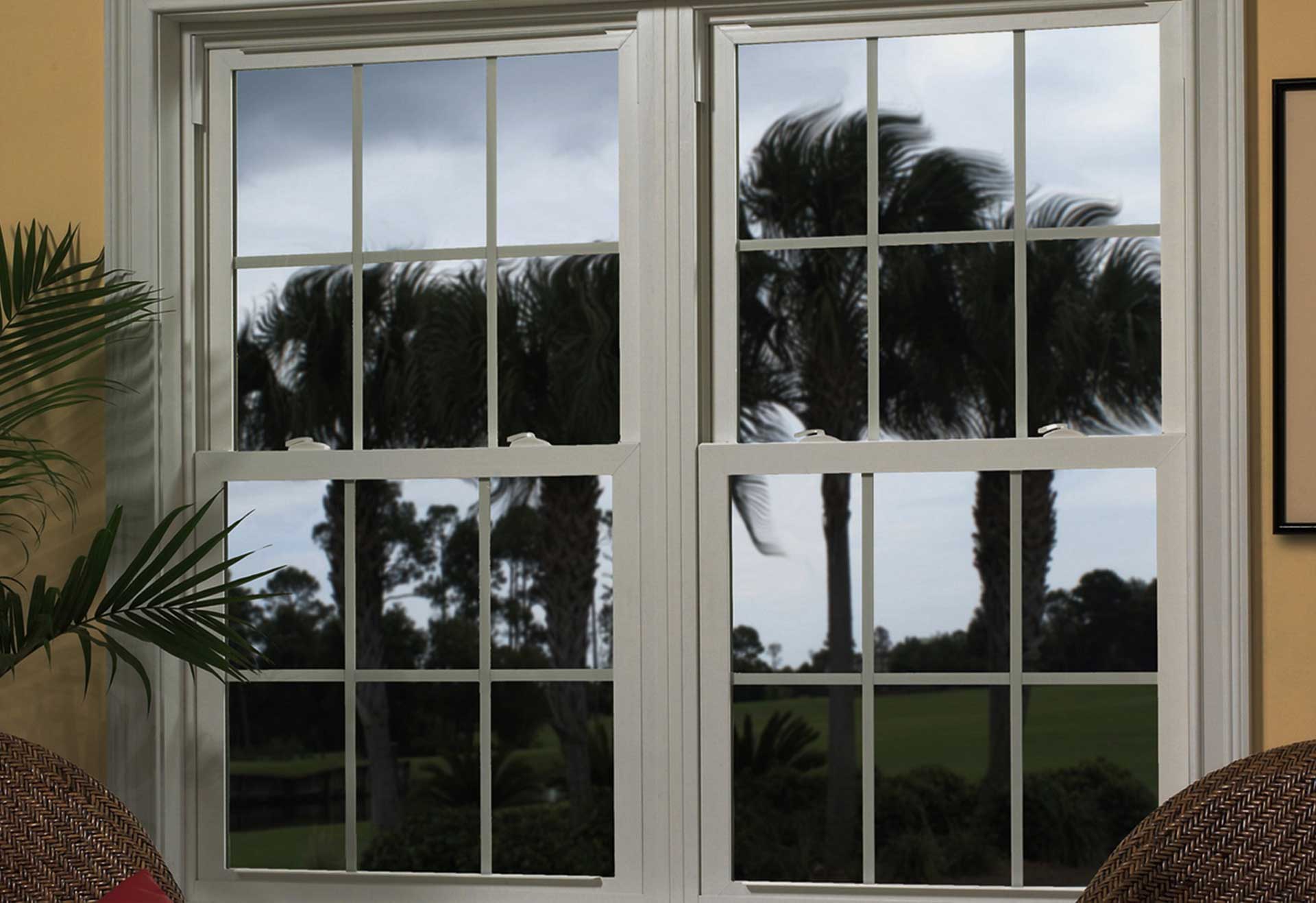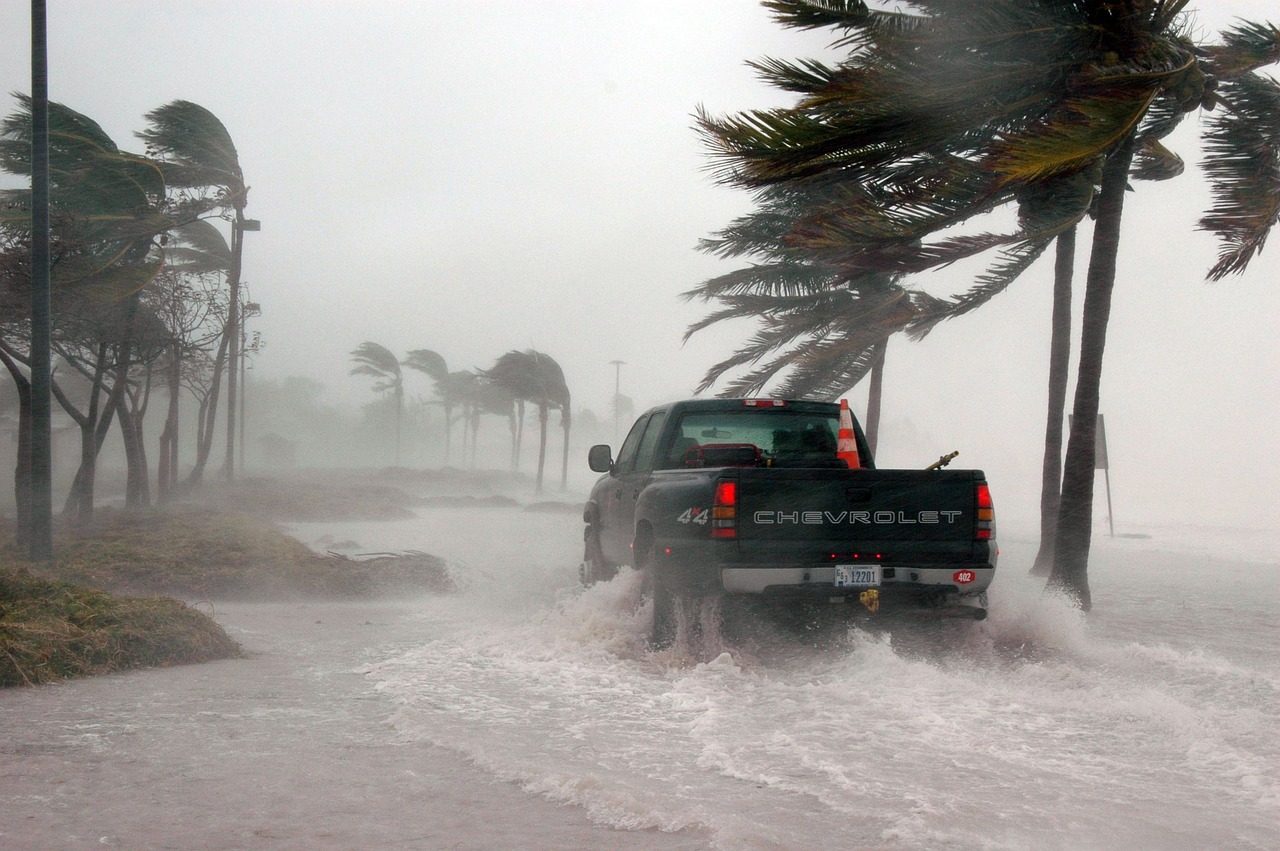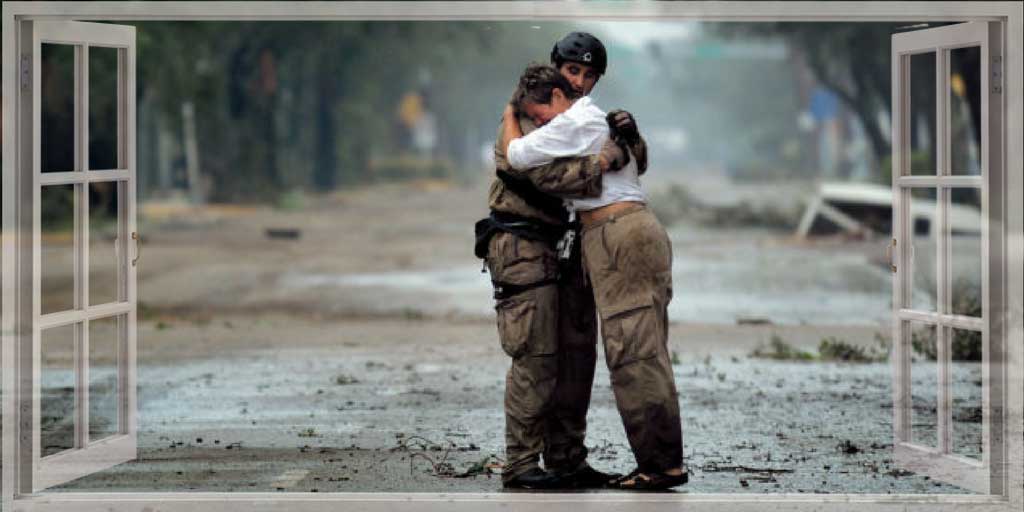
Hurricane Categories and Wind Damage
The damage from Florence is expected to cause power outages and damage in the Carolinas, with rainfall ramping up as well as isolated tornadoes and waterspouts. Over a million people have been forced to evacuate coastal areas near the storm—and this with a Category 1 hurricane, the lowest on the Saffir-Simpson scale.
Official Hurricane Categories
The Saffir-Simpson scale is more properly known as the Saffir-Simpson Hurricane Wind Scale, with categories from 1-5. The scale was developed in the 1970s by Miami engineer Herbert Saffir and meteorologist Robert Simpson (who was director of the National Hurricane Center (NHS)).
The scale measures only the wind speeds produced by a hurricane. A storm like Florence will cause lots of damage largely due to water from rain and storm surge, but the wind speed indicates the overall strength of a hurricane and the threat presented by the winds.
Here’s a look at the scale and what can be expected with each level:
Category 1 hurricane: Very dangerous winds, some damage
Wind speed: 74-95 mph.
- Falling debris that could injure people, livestock, and/or pets
- Snapped power lines can result in power outages
- Older mobile homes could be destroyed
- Frame homes, apartments, and other buildings may experience some damage
2012’s Hurricane Sandy was a Category 1 hurricane when it hit Jamaica, but weakened before reaching the east coast of the United States.
Category 2 hurricane: Extremely dangerous, extensive damage
Wind speed: 96-110mph
- Injury or death from flying debris
- Older mobile homes likely destroyed, with newer mobile homes experiencing ruinous damage
- Frame homes, apartments, and other buildings may see major roof and siding damage
- Many trees uprooted
- Expect near total power loss that could last for weeks
2004’s Frances was a Category 2 hurricane when it hit the west coast of Florida.
Category 3 hurricane: Devastating damage
Wind speed: 111-129mph
- High risk of injury or death from flying debris to people, livestock and/or pets
- Nearly all mobile homes destroyed or significantly damaged
- Well-built frame homes apartments, and other buildings will experience major damage
- Many trees uprooted with roads blocked
- Electricity widely unavailable
2005’s Hurricane Wilma was a Category 3 hurricane when it reached Florida’s coast, as was Katrina when it made landfall in Louisiana. Just prior to making landfall in 2017, Hurricane Irma was a Category 3 hurricane— having weakened from a Category 5– the second-strongest Atlantic hurricane on record.
 Category 4 hurricane: Extreme damage
Category 4 hurricane: Extreme damage
Wind speed: 130-156mph
- Most mobile homes destroyed
- Some frame homes may totally collapse
- Well-built homes and buildings likely to see severe damage to roofs, as well as upper floors of other buildings
- Most windows on high-rise buildings likely blown out
- Most trees uprooted
- Power outages for weeks or months
- Water shortages are widespread
Hurricane Harvey made landfall in Texas as a Category 4 hurricane
Category 5 hurricane: Catastrophic damage
Wind speeds: 157 mph or higher
- Flying debris can injure or kill people or animals, even indoors
- Most frame homes destroyed
- Metal buildings may collapse
- Nearly all windows in high-rise buildings blown out
- Most trees uprooted as well as most power poles
- Long-term power and water shortages
Only three Category 5 hurricanes have made landfall in the United States: Hurricane Andrew, Hurricane Camille, and the deadly 1935 “Labor Day” hurricane.
So how to protect yourself and your property against the awesome power of the wind in a hurricane? First of all, if there is a major hurricane that is a threat, there’s no substitute for being where that hurricane is not.
But there is a better way to protect your property and yourself should you be at home during a hurricane or other storm with high winds. There is a way never have to board up your home, or put up shutters or pull accordion shutters in each room and door ever again.
Hurricane impact windows from Florida Window Experts offer all the advantages of regular windows—a view, light, fresh air—and easy to open and close—along with the highest degree of protection possible for you and your loved ones.
Florida Window Experts offers impact windows with missile level “D” protection. That means the glass in these windows meets the test standard for a 9-pound 2×4 lumber missile striking the product end-on at 50 feet per second. That’s a lot of force!
And these windows are more safe than shutters, because they allow the same ability to leave from inside the house as a regular window.
Florida Window Experts offers hurricane impact windows that protect from even the most severe hurricanes, and you’ll never need to use plywood, put up shutters, or close all those accordions again.
Installations are ALWAYS performed by the dedicated installers at Florida Window Experts. Count on them to take care of your home like it was their very own.
You get peace of mind… fresh air… a view… convenience… AND MISSILE LEVEL D PROTECTION!
Florida Window Experts. Our windows pay for themselves.
Contact us at 561-477-6659 or visit floridawindowexperts.com/contact/ to ask questions or get a free estimate on hurricane impact windows in South Florida.



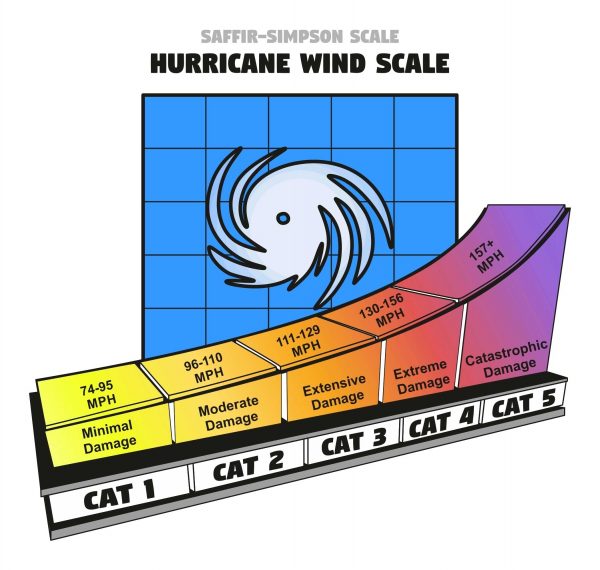
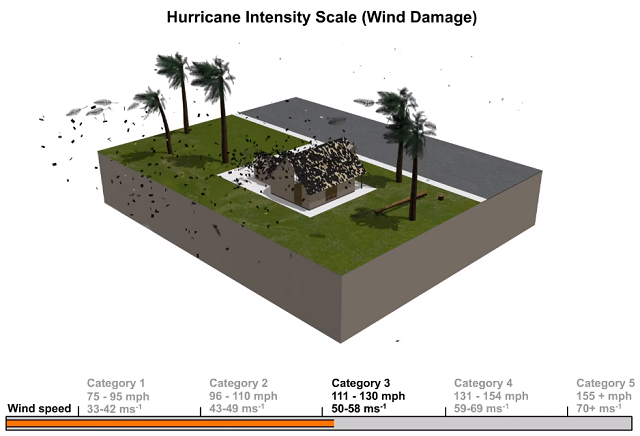 Category 4 hurricane: Extreme damage
Category 4 hurricane: Extreme damage 




